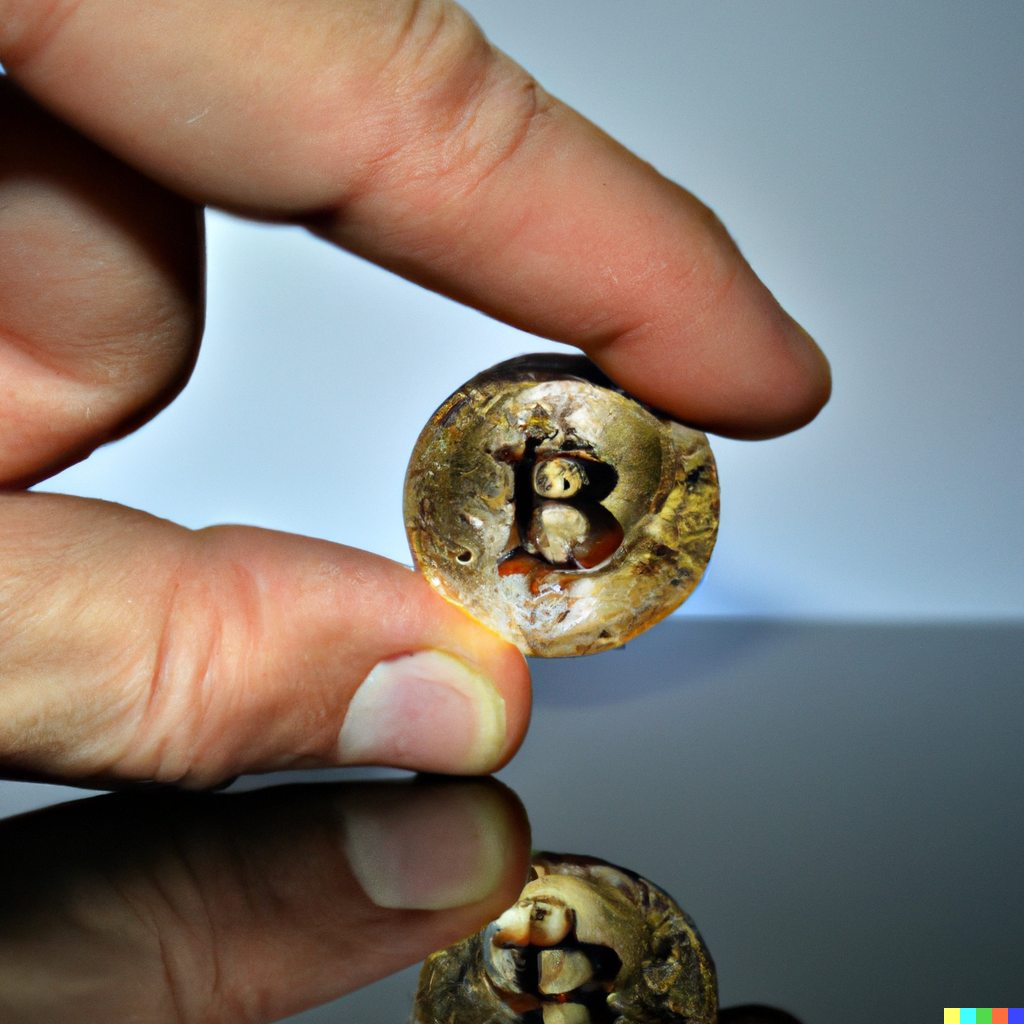
Bitcoin is a decentralized digital currency that operates on a peer-to-peer network. It was created in 2009 by an unknown person or group using the pseudonym Satoshi Nakamoto. One of the unique features of Bitcoin is its fixed supply, with a total of 21 million Bitcoins that can be mined. This fixed supply is maintained through a process known as halving, which occurs every 210,000 blocks.
The next Bitcoin halving event is expected to occur in May 2024, and it has garnered a lot of attention from investors and traders alike. In this article, we’ll take a closer look at what the Bitcoin halving event is, why it’s important, and what we can expect from the upcoming halving event.
What is the Bitcoin Halving Event?
The Bitcoin halving event is a process that occurs approximately every four years when the number of Bitcoins mined per block is cut in half. This process is hardcoded into the Bitcoin protocol, and it helps to control the inflation rate of the currency. When Bitcoin was first created, the block reward was 50 BTC. In 2012, the first halving event occurred, which reduced the block reward to 25 BTC. In 2016, the second halving event occurred, which reduced the block reward to 12.5 BTC. The next halving event is expected to occur in May 2024, which will reduce the block reward to 6.25 BTC.
Why is the Bitcoin Halving Event Important?
The Bitcoin halving event is important for several reasons. First, it helps to control the inflation rate of the currency. Unlike fiat currencies, which can be printed at will, Bitcoin has a fixed supply, which means that the inflation rate decreases over time. This makes Bitcoin a deflationary currency, which means that it becomes more valuable over time.
Second, the Bitcoin halving event has historically been associated with an increase in the price of Bitcoin. This is because the reduction in the block reward makes it more difficult and expensive to mine Bitcoin. As a result, miners are less likely to sell their Bitcoin at a low price, which can create a supply shortage and drive up the price, which is most notably seen from people who try to buy bitcoin with paypal on any p2p crypto exchanges.
Finally, the Bitcoin halving event is important because it helps to ensure the security of the network. As the block reward decreases, miners have less incentive to mine Bitcoin. This means that the network becomes more reliant on transaction fees to incentivize miners. As a result, the transaction fees on the Bitcoin network are likely to increase after the halving event, which can help to ensure the security and stability of the network.
What Can We Expect from the Upcoming Halving Event?
The upcoming Bitcoin halving event is expected to occur in May 2024, and it is likely to have a significant impact on the price of Bitcoin. Historically, the price of Bitcoin has increased in the months leading up to the halving event, and then experienced a significant price increase in the months following the event as in the halving of 2020.
However, it’s important to note that past performance is not necessarily indicative of future results. While the Bitcoin halving event has historically been associated with an increase in the price of Bitcoin to USD, there are many factors that can influence the price of the currency, including market demand, regulatory changes, and technological developments.
One of the most significant impacts of the upcoming Bitcoin halving event is expected to be on the mining industry. With the block reward set to decrease from 12.5 BTC to 6.25 BTC, many miners may find it less profitable to mine Bitcoin. This could lead to a consolidation of the mining industry, with smaller miners being forced out of the market.
As a result, we may see an increase in the concentration of mining power among a few large players. This could lead to concerns about the centralization of the Bitcoin network, as a small group of miners could potentially collude to control the network. However, it’s worth noting that the Bitcoin network is designed to be resistant to such attacks, and there are many factors that make it difficult for any single miner or group of miners to take control of the network.
Another potential impact of the upcoming halving event is on the transaction fees on the Bitcoin network. With the block reward decreasing, miners will be more reliant on transaction fees to incentivize them to continue mining. This could lead to an increase in the fees paid by users to process their transactions. However, it’s worth noting that the fees on the Bitcoin network have been relatively stable in recent years, and it’s unclear whether the halving event will lead to a significant increase in fees.
In terms of the price impact of the halving event, it’s worth noting that the price of Bitcoin is notoriously difficult to predict. While the halving event has historically been associated with an increase in the price of Bitcoin, there are many other factors that can impact the price of the currency, including market demand, regulatory changes, and technological developments.
However, many analysts and investors remain bullish on Bitcoin in the long term, and believe that the halving event will ultimately be a positive development for the cryptocurrency industry. The fixed supply of Bitcoin means that it becomes more scarce over time, which could lead to an increase in demand and a corresponding increase in price.
In conclusion, the upcoming Bitcoin halving event is an important event for the cryptocurrency industry, with potential impacts on the mining industry, transaction fees, and the price of Bitcoin. While the exact effects of the halving event are difficult to predict, it’s clear that it will be closely watched by investors and traders around the world.